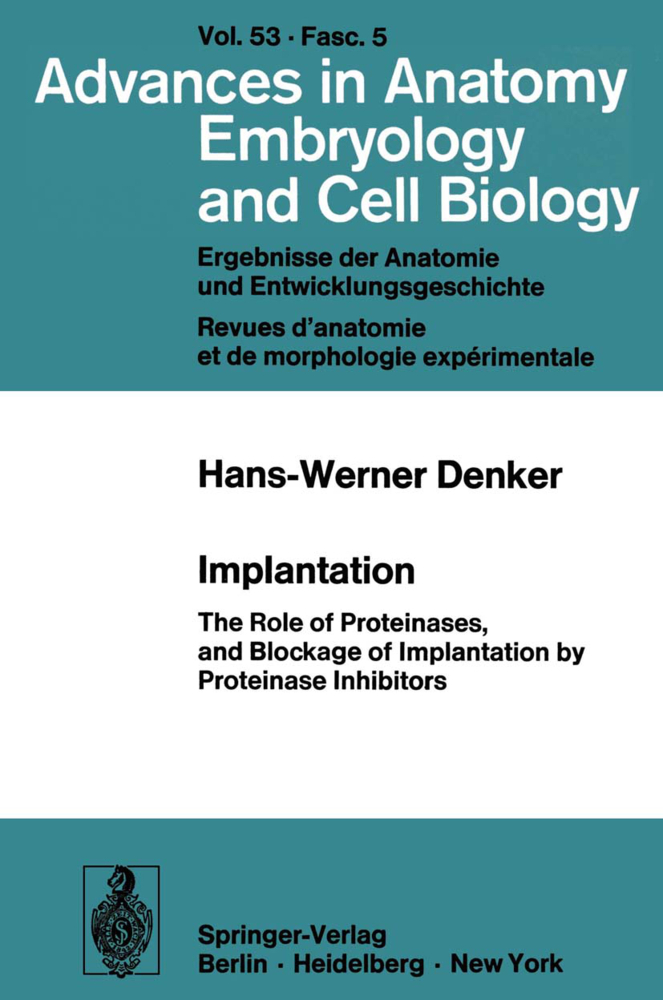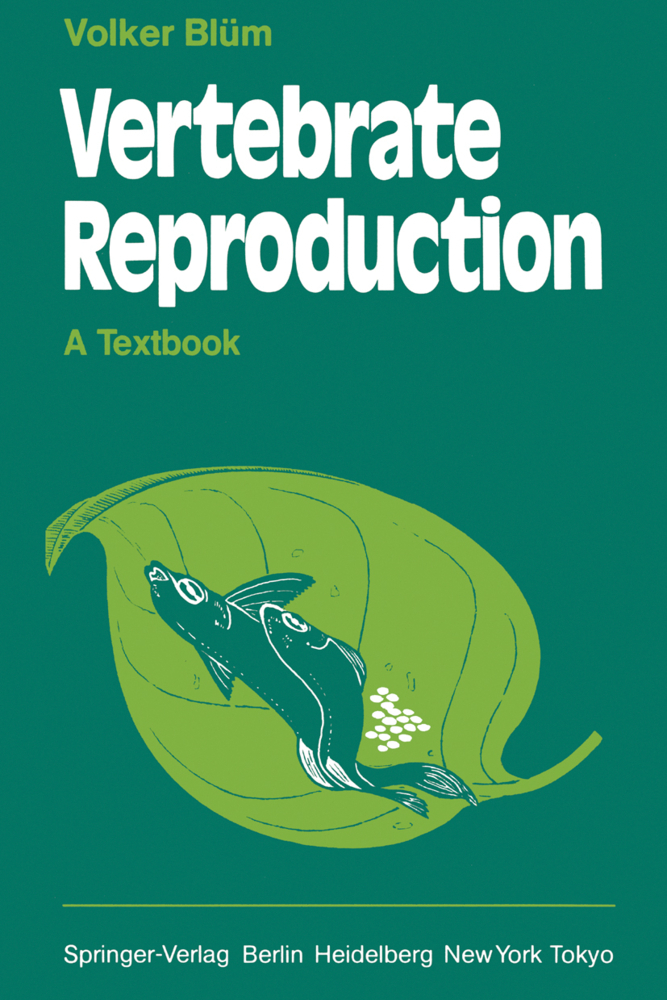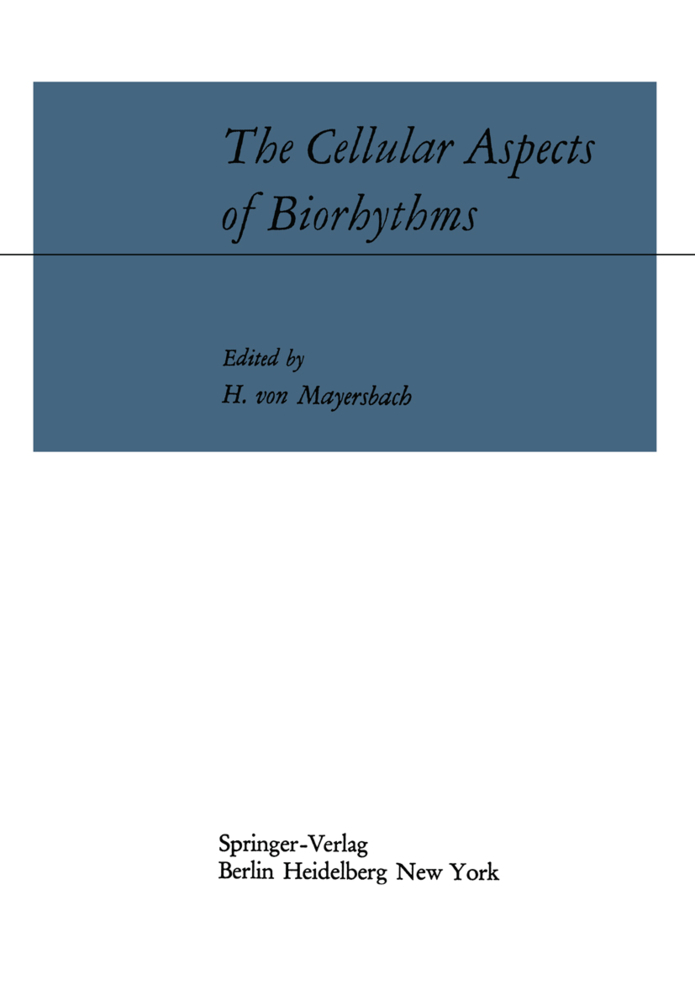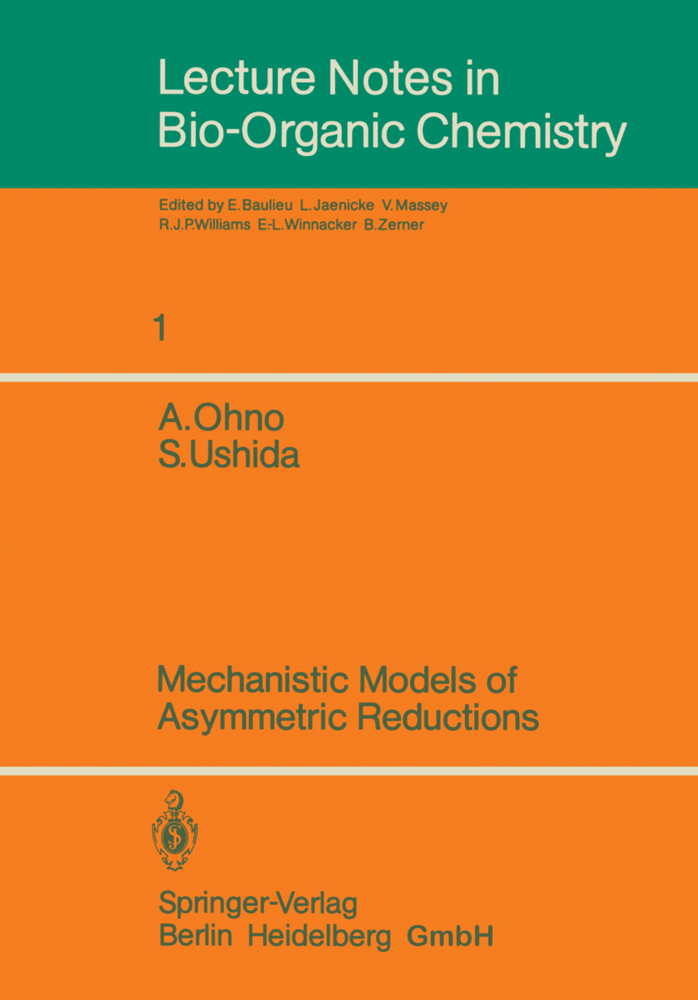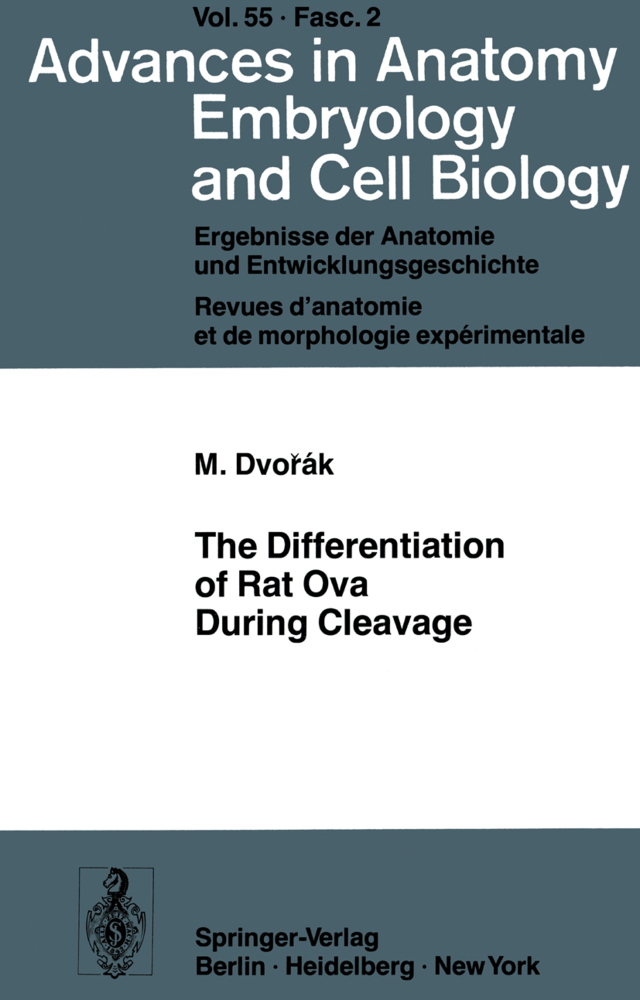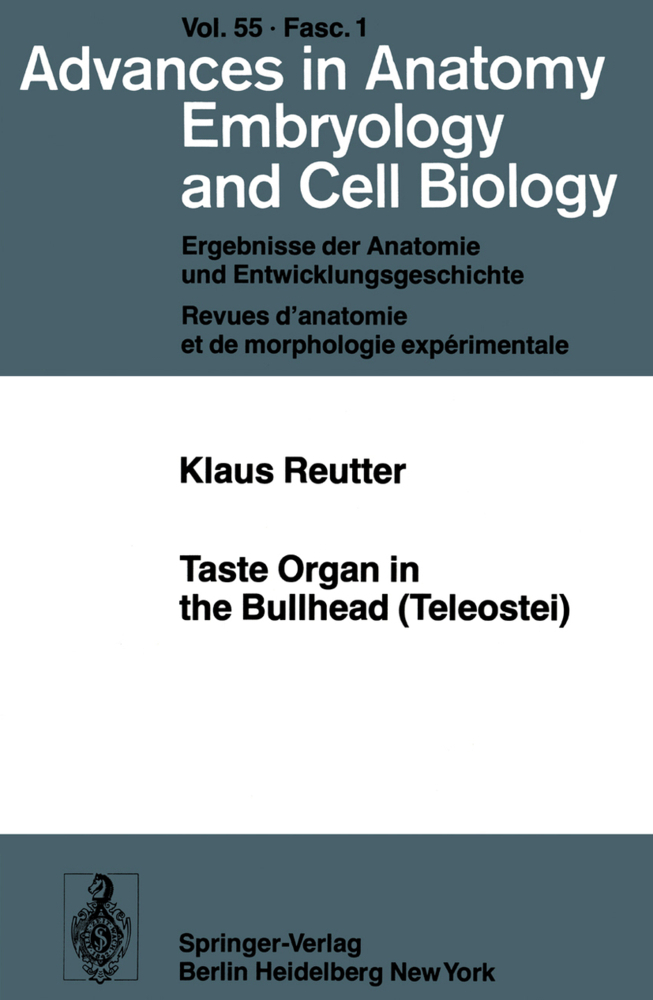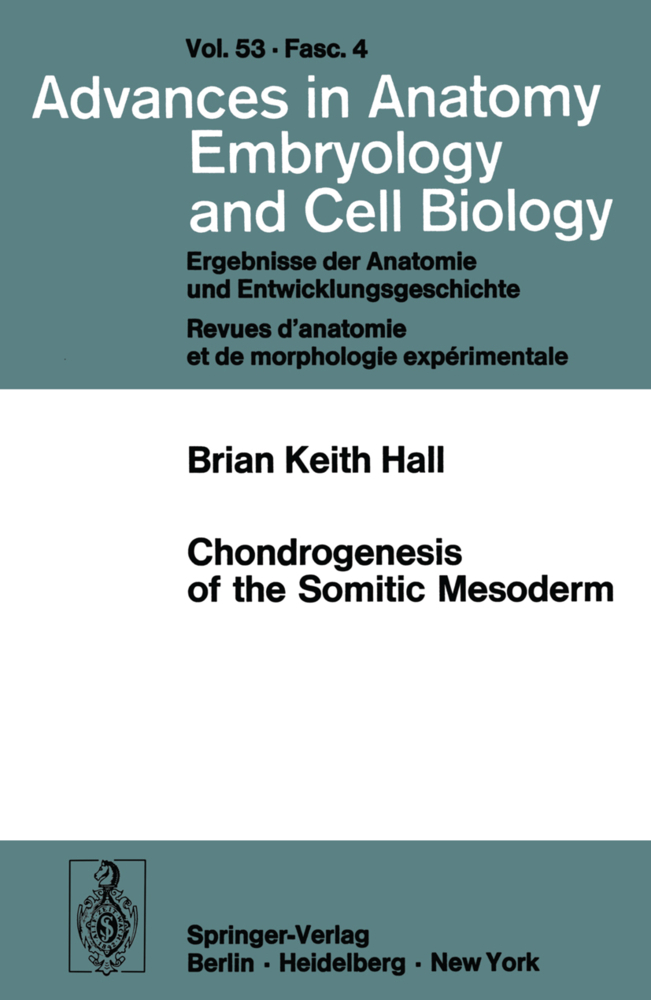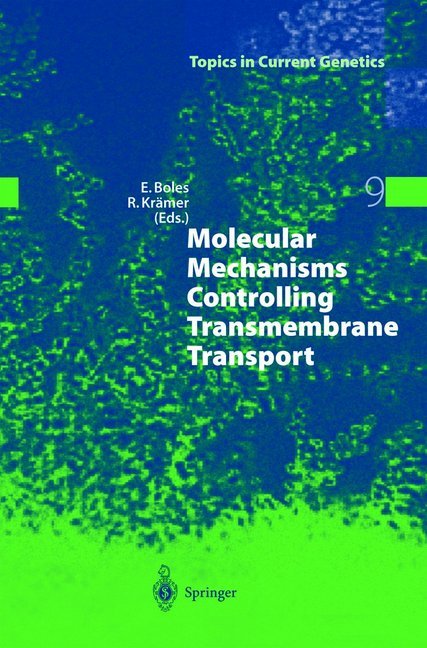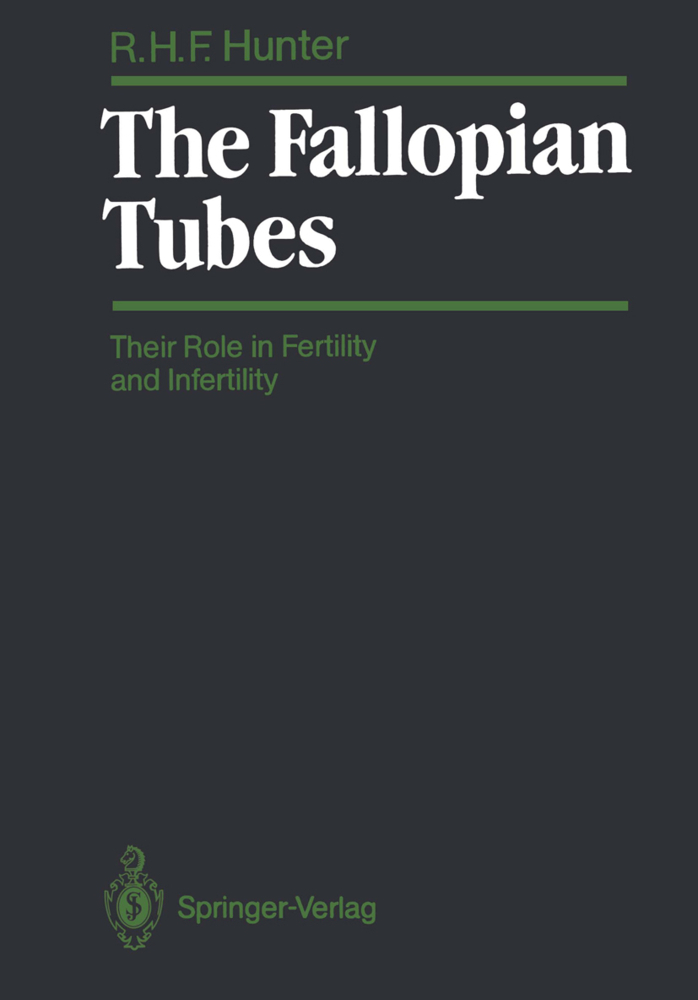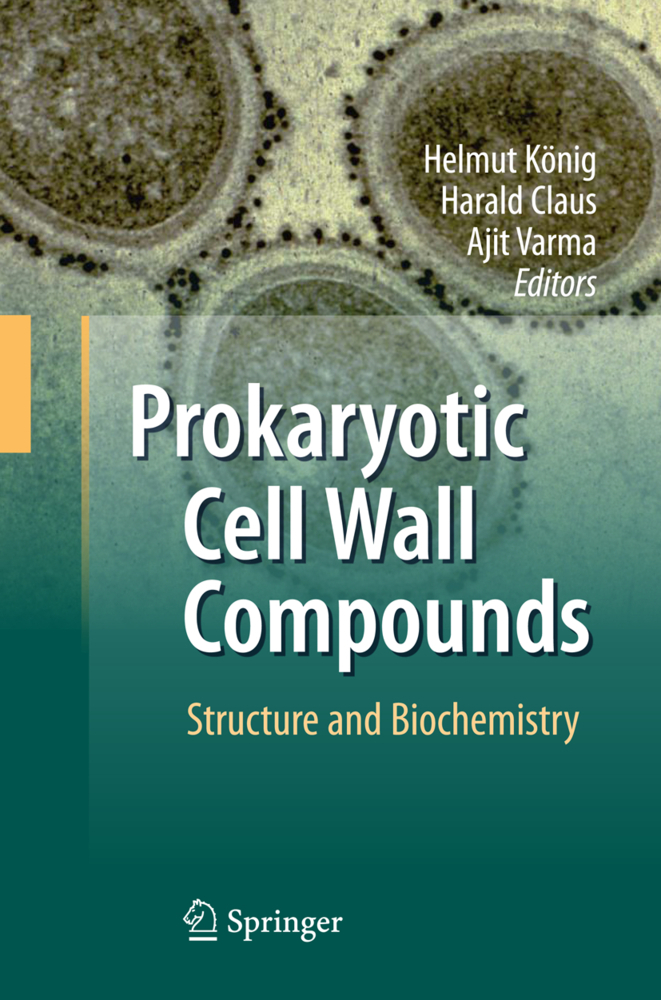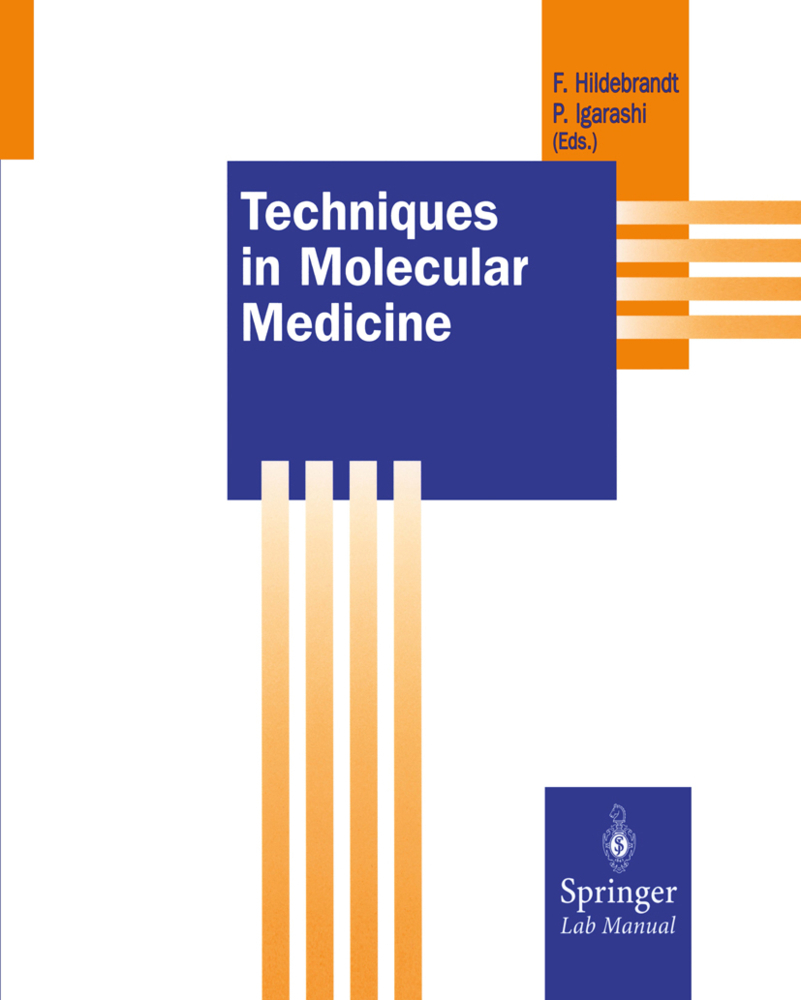Implantation
The Role of Proteinases, and Blockage of Implantation by Proteinase Inhibitors
Implantation
The Role of Proteinases, and Blockage of Implantation by Proteinase Inhibitors
The establishment of the morphologically and physiologically intimate contact be tween two genetically different individuals, mother and embryo, which takes place during implantation, has always exerted a fascination on researchers in biology and medicine. Recent years have also seen the beginnings of a more practice-oriented med ical interest in this event, as certain methods of contraception whose use is ever in creasing, namely intra-uterine devices (IUDs) and post-coital oral contraceptives, are based on it. On one hand, we have fairly well substantiated experimental and clinical evidence that the efficacy of these contraceptives lies with other factors as well, for example their influence on sperm migration and capacitation or their influence on the transportation of the unfertilized egg. On the other hand there appears to be more im portance in their influence on the blastocyst and on the early stages of implantation (Carol et aI. , 1973; Duncan and Wheeler, 1975; Hafez and Evans, 1973; Oettel, 1975). These stages in development are characterized by complex interactions between em bryo and mother, which have only lately been more exhaustively investigated and which are still subjects of intense research (Beier, 1973, 1974a; Blandau, 1971a; Finn and Porter, 1975; Hafez and Evans, 1973; Steven, 1975). It is expected that insight in to the mechanism of the action of postcoital contraceptives and a possible basis for the development of new concepts in contraception can be gained here.
2.1. Laboratory Animals and Experimental Outline
2.2. Morphological Investigations
2.3. Histochemical Investigations
2.4. Biochemical Investigations
2.5. Chemicals
3. Results
3.1. Morphology of Normal Implantation
3.2. Histochemistry and Biochemistry of Normal Implantation
3.3. Investigations of the Physiological Role and Regulation of Blastocyst Proteinase in the Rabbit
4. Discussion
4.1. Morphology of the Interaction Between Trophoblast and Endometrium in the Attachment Phase
4.2. Morphological Observations on the Formation of the Blastocyst Coverings and Their Dissolution at Implantation
4.3. Concepts About the Chemical Composition of the Blastocyst Coverings and Possible Pathways for Their Enzymatic Degradation
4.4. On the Physiological Role of Glycosidases and Proteases in the Dissolution of the Blastocyst Coverings and in Implantation
4.5. The Physiological Regulation of the Process of Implantation
4.6. On the Role of the Trophoblast and the Endometrium at Implantation
4.7. The Possible Use of Proteinase Inhibitors in the Inhibition of Implantation as a Method of Birth Control
Summary
References.
1. Introduction
2. Materials and Methods2.1. Laboratory Animals and Experimental Outline
2.2. Morphological Investigations
2.3. Histochemical Investigations
2.4. Biochemical Investigations
2.5. Chemicals
3. Results
3.1. Morphology of Normal Implantation
3.2. Histochemistry and Biochemistry of Normal Implantation
3.3. Investigations of the Physiological Role and Regulation of Blastocyst Proteinase in the Rabbit
4. Discussion
4.1. Morphology of the Interaction Between Trophoblast and Endometrium in the Attachment Phase
4.2. Morphological Observations on the Formation of the Blastocyst Coverings and Their Dissolution at Implantation
4.3. Concepts About the Chemical Composition of the Blastocyst Coverings and Possible Pathways for Their Enzymatic Degradation
4.4. On the Physiological Role of Glycosidases and Proteases in the Dissolution of the Blastocyst Coverings and in Implantation
4.5. The Physiological Regulation of the Process of Implantation
4.6. On the Role of the Trophoblast and the Endometrium at Implantation
4.7. The Possible Use of Proteinase Inhibitors in the Inhibition of Implantation as a Method of Birth Control
Summary
References.
Denker, H.-W.
| ISBN | 978-3-540-08479-2 |
|---|---|
| Artikelnummer | 9783540084792 |
| Medientyp | Buch |
| Copyrightjahr | 1977 |
| Verlag | Springer, Berlin |
| Umfang | 123 Seiten |
| Abbildungen | 123 p. 25 illus. |
| Sprache | Englisch |

